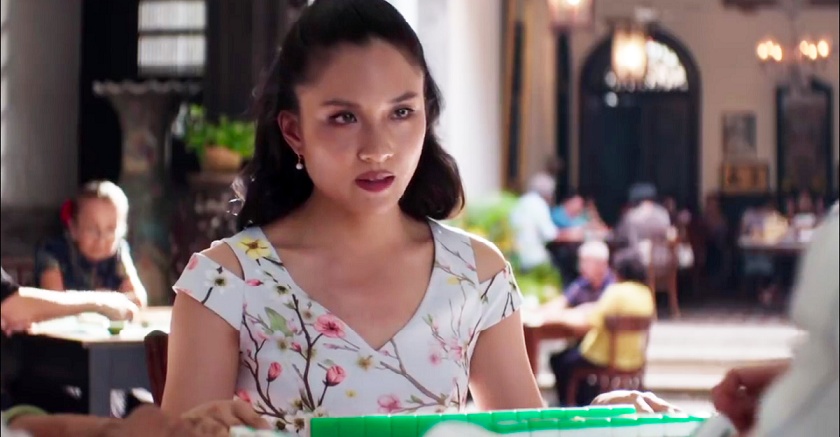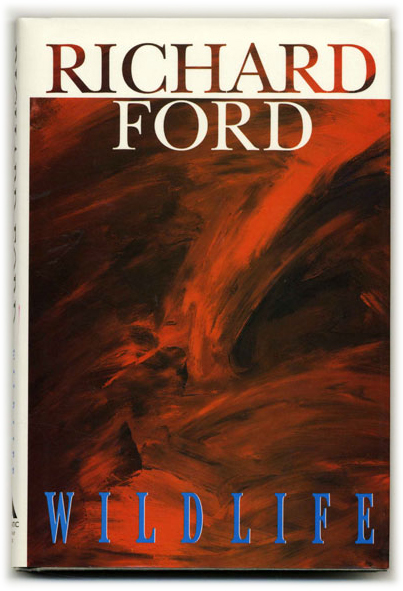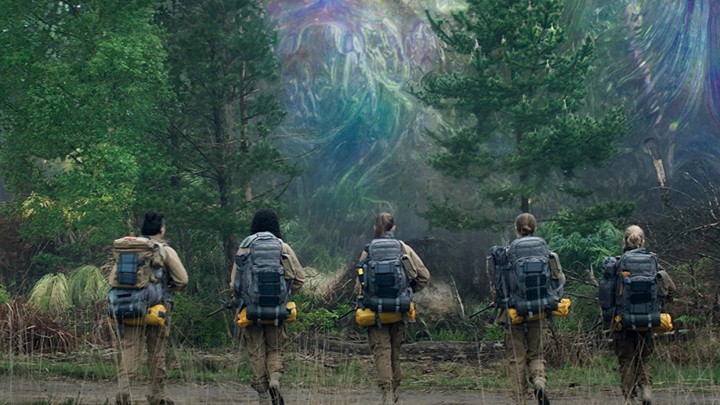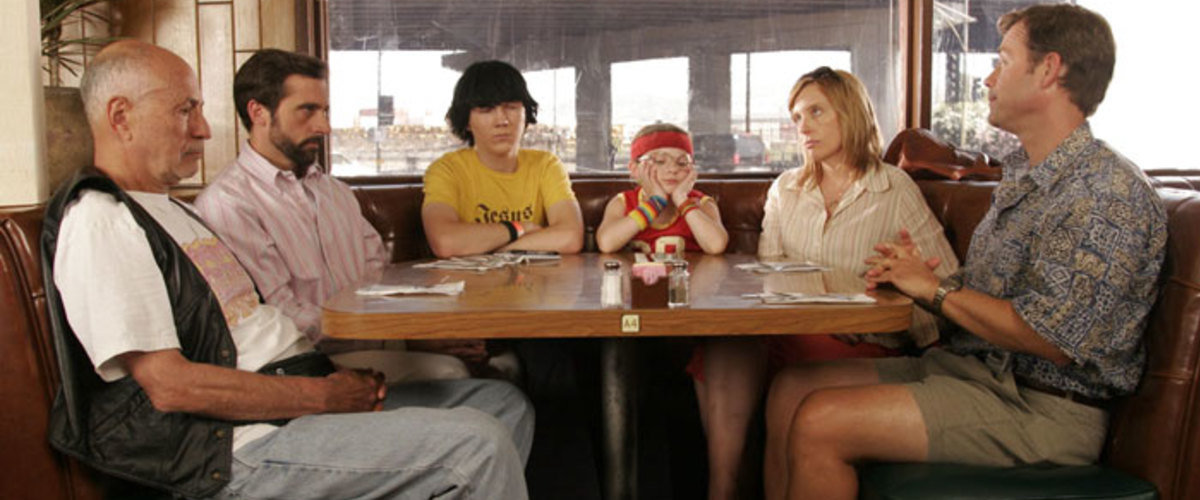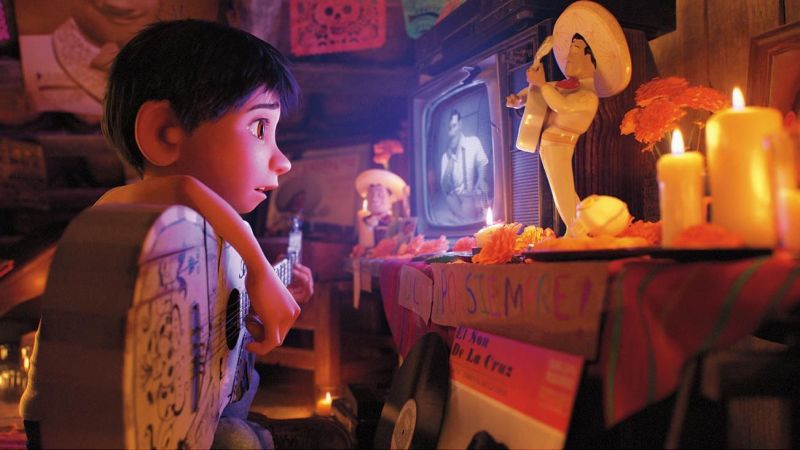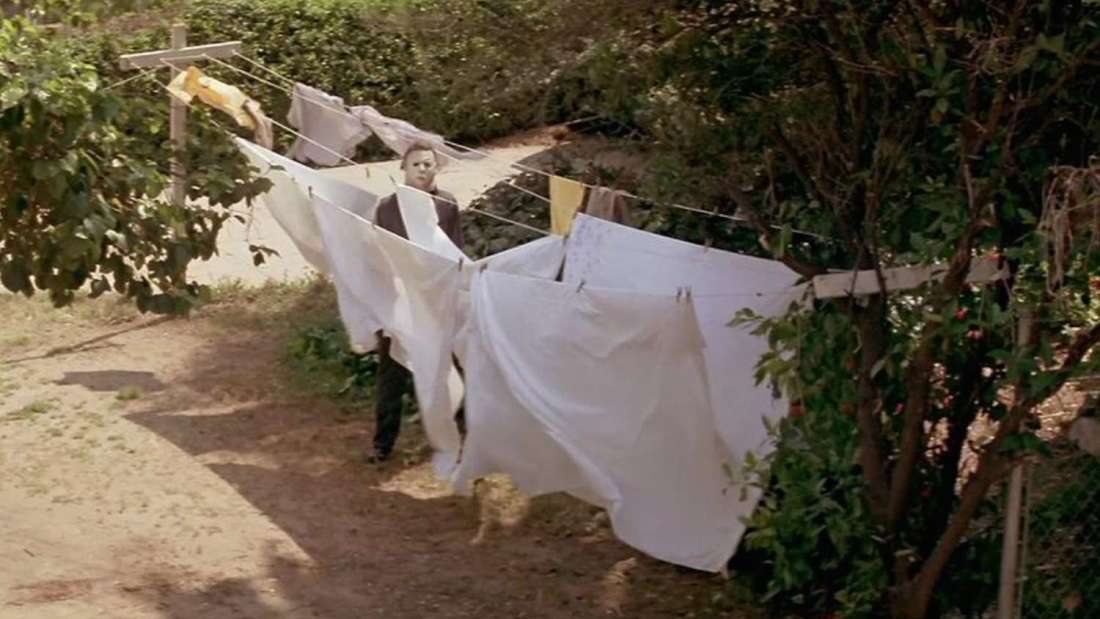Blueprints: Five Expertly Written Scenes of 2018
 Thursday, January 3, 2019 at 6:06PM
Thursday, January 3, 2019 at 6:06PM by Jorge Molina
A screenplay has to accomplish many things to be successful: establish the characters, create and maintain tension, introduce the plotlines and carry them smoothly and compellingly, grasp the audience’s attention and hold it for two plus hours. A good script does it all. A great script makes it all look easy and seamless.
We previously sang the praises of 5 original screenplays and 5 adaptations. This week, we're getting more specific with 5 scenes. While each of the following stories were successfully told overall as one cohesive movie, their writing stood out for making a particular element of screenwriting shine; each unique to the story they were trying to tell.
